How Do You Know if Your Speech Was Actually Any Good?
Have you ever spent tons of time and done tons of work building a presentation, and then after delivering it, generally had NO IDEA whether the audience liked it, didn’t like it, or just barely tolerated it?
In June I had the opportunity to speak to an audience of women in the automotive indu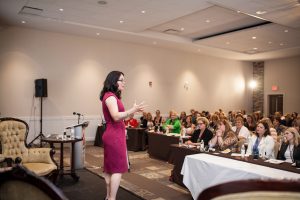
This was a STRONG speech. I knew it, I felt it, and I visualized a happy, laughing, receptive audience.
Then the day of the speech came.
I took some deep breaths, got into the zone, got introduced, and up I went.
And while I was on stage, I worked it. I worked it HARD. My energy was high, I remembered the stories, got the transitions right, and even when I didn’t fully stick to the script, the content was so deeply ingrained that I said what I hoped I would say at all the right spots. Phew.
An hour later, I was done.
And I had NO IDEA how it went.
You see, through all my practice, edits, visualizations, and more practice, I envisioned the audience sitting up high in their seats. Leaning forward. Laughing loudly. Smiling and nodding through the entire speech, with the occasional “Sing it, sister!”
How they actually reacted was more subdued. Yes, they laughed, but perhaps quieter than I expected. Some people smiled and nodded. Many took notes. Some just sat back in their chairs and listened, with what seemed like a blank expression on their faces.
And there was not a single “Sing it, sister!”
How do you deal when the reaction that you get is NOT what you expected? When you don’t even know if, after all that work, time, and effort, your presentation hit the mark…. or missed it altogether?
Many of my clients often say to me, “When I give a presentation at work, even if I’ve worked hard on it and I know it’s got the right information, the people I’m presenting to look at me with blank faces. How am I supposed to know what they’re thinking, if the presentation was a success, and if they liked me or hated me?”
At the heart of this issue is confidence. NOT a confidence in public speaking, mind you, or a lack of nerves when getting in front of your audience. But more of a confidence that you have prepared, researched, understood, practiced, revised, and worked SO DAMN HARD on ensuring that your presentation has a focused message, is targeted to your audience’s needs, has clear points, leaves your audience with a clear call-to-action, showcases your expertise through your passion and enthusiasm for the topic, and that hits home with information that is relevant, engaging and meaningful.
When you can honestly say that you’ve done that, then you can be confident that your message was received well. Even if you can’t immediately tell by looking at their faces.
Those blank faces in the audience can be intimidating. But what I’ve learned, however, is that there’s a lot of action going on behind them.
When my presentation was done, I sought out the event planner immediately to get her feedback, put in terms of “Did the content meet your objectives?”
(Whether you’re giving a presentation at a conference, at work, or in front of clients, the same question applies — and it’s way less needy than “So how was it?”).
The event planner told me that the content was right-on, that she saw everyone listening very attentively and taking copious notes, and that in fact, she was extremely happy with how it turned out.
So it turned out, for all the time that I spent doubting myself, I could have just been….NOT doubting myself.
I stayed on at the event, and over the rest of the day had a chance to speak with many other women who stopped to talk about their public speaking challenges, and shared how some of the stories that I shared really resonated with them. Many of those “blank” faces while I was speaking turned very friendly, animated and receptive when we were casually talking. And a few of them, many of whom I never even got a chance to meet in person, signed up for my Signature Speech That Sells online program within days of the event because, as it turned out, the content that I worked so hard on and put my heart and soul into, was very meaningful to them, and they wanted to get started right way at enhancing their presentation skills.
Every chance that you have to get in front of an audience – whether it’s an audience of one or many – is an opportunity to make a connection, create change, and have an impact. Just because we don’t get the reaction that we expect at the time doesn’t mean that our message having the desired effect.
So the 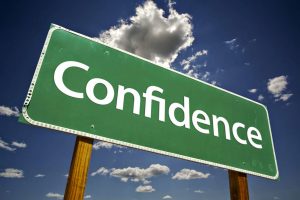
And have confidence that behind those blank faces are people who are LOVING your message.
If you’ve spent the time, done the research, put your full focus and expertise into it, and crafted something that is structured, engaging, relevant and compelling to your audience, have confidence that your message will be received… Share on X
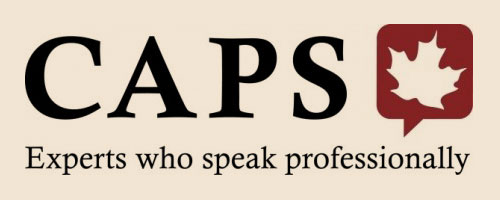
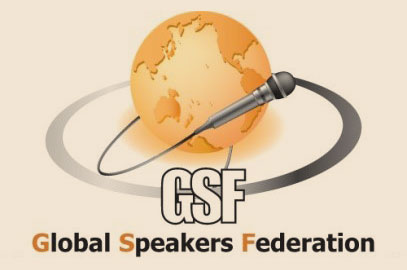
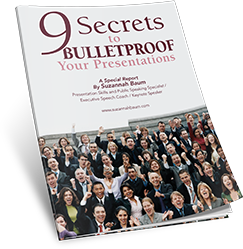

Love this article Suzannah. I feel this article has answered a worry I have often when giving a speech. Thank you.
You’re so welcome, Galit. I’m very glad that it helped add some perspective.
Good one. I have a little social proof trick: about 10 min before my close I ask the audience for feedback. I get a quick applause (that’s for the event planner). Then immediately after my talk I ask everyone I meet for one thing they will do with what I taught (that’s for me). Lastly, I get it on video (that’s for marketing)
Advice from the experts! Thanks for weighing in, Hugh. I love your 3-step process. Have you ever had a situation where you don’t get the feedback you expected from the audience?